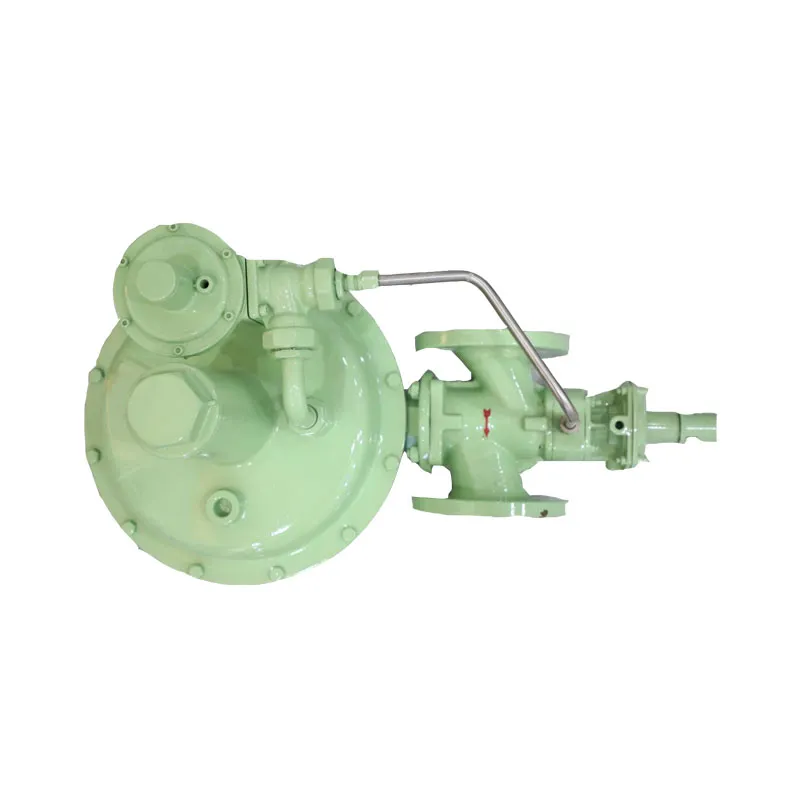
Nov . 30, 2024 12:34
Back to list
Natural Gas Distribution Facilities for Efficient Energy Supply and Management
Natural Gas Distribution Stations Ensuring Efficient Energy Delivery
Natural gas has become an essential component of the global energy mix, playing a pivotal role in residential, commercial, and industrial heating and electricity generation. At the heart of this distribution network are natural gas distribution stations, which are vital for ensuring that this clean-burning fuel reaches consumers safely and efficiently.
A natural gas distribution station serves as a critical intermediary in the process of delivering natural gas from transmission pipelines to end-users. These facilities take high-pressure gas from transmission lines and reduce its pressure through specialized equipment, making it safe for distribution to homes and businesses. This pressure reduction is crucial as natural gas typically travels through transmission pipelines at very high pressures, often exceeding 1,000 psi (pounds per square inch). The distribution stations ensure that by the time gas reaches consumers, it is at a manageable pressure - typically between 5 and 60 psi.
The infrastructure of a natural gas distribution station includes various components such as pressure regulators, odorization systems, and safety monitoring equipment
. Pressure regulators play a key role in controlling the flow and pressure of gas. These devices ensure that the gas is delivered at a consistent pressure, which is essential for the safe and efficient operation of appliances like furnaces, stoves, and water heaters.Odorization is another critical function performed at distribution stations. Natural gas is colorless and odorless in its natural state, making it difficult to detect leaks. To mitigate this risk, a strong-smelling compound, typically mercaptan, is added to the gas as it enters the distribution station. This addition enables consumers to identify potential leaks easily, thereby enhancing safety.
natural gas distribution station

Safety is a paramount concern at natural gas distribution stations. Regular maintenance and monitoring of equipment are essential to minimize the risk of leaks or other hazardous incidents. Stations are equipped with advanced technology that constantly monitors pressure levels, gas quality, and equipment integrity. Additionally, rigorous training programs ensure that personnel are well-prepared to handle any emergency situations efficiently.
One of the most significant benefits of natural gas distribution stations is their role in promoting energy efficiency and reducing greenhouse gas emissions. As a cleaner alternative to coal and oil, natural gas is increasingly being used to power electricity generation and heating systems. By providing a reliable supply of natural gas, distribution stations support efforts to transition to a low-carbon economy.
The expansion of natural gas distribution networks also provides economic benefits. New distribution stations can create jobs in construction, operation, and maintenance while providing communities with access to affordable energy. Moreover, as energy demand continues to rise, especially in developing regions, the growth of natural gas infrastructure is critical for sustaining economic development.
In conclusion, natural gas distribution stations are essential components of the energy sector, acting as the conduit through which natural gas is delivered to consumers. Their ability to manage pressure, enhance safety through odorization, and ensure the reliable flow of energy is crucial in an era where energy efficiency and environmental sustainability are paramount. As the world continues to embrace natural gas as part of the transition to cleaner energy sources, investment in and modernization of these facilities will be necessary to meet future demand and ensure the continued safe delivery of this vital resource.
Next:
Latest news
-
Safety Valve Spring-Loaded Design Overpressure ProtectionNewsJul.25,2025
-
Precision Voltage Regulator AC5 Accuracy Grade PerformanceNewsJul.25,2025
-
Natural Gas Pressure Regulating Skid Industrial Pipeline ApplicationsNewsJul.25,2025
-
Natural Gas Filter Stainless Steel Mesh Element DesignNewsJul.25,2025
-
Gas Pressure Regulator Valve Direct-Acting Spring-Loaded DesignNewsJul.25,2025
-
Decompression Equipment Multi-Stage Heat Exchange System DesignNewsJul.25,2025

